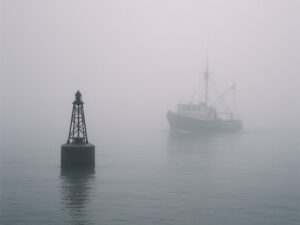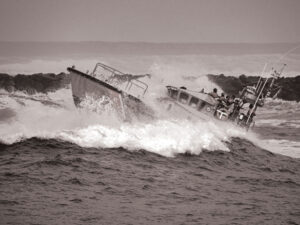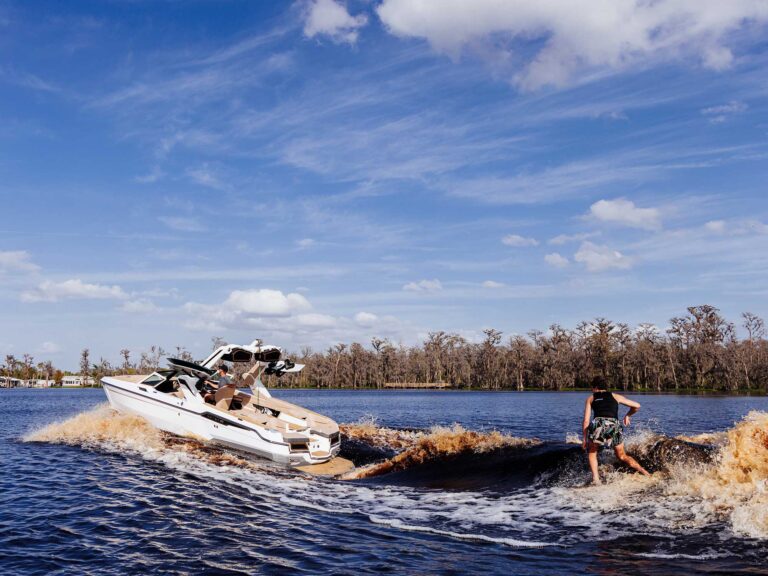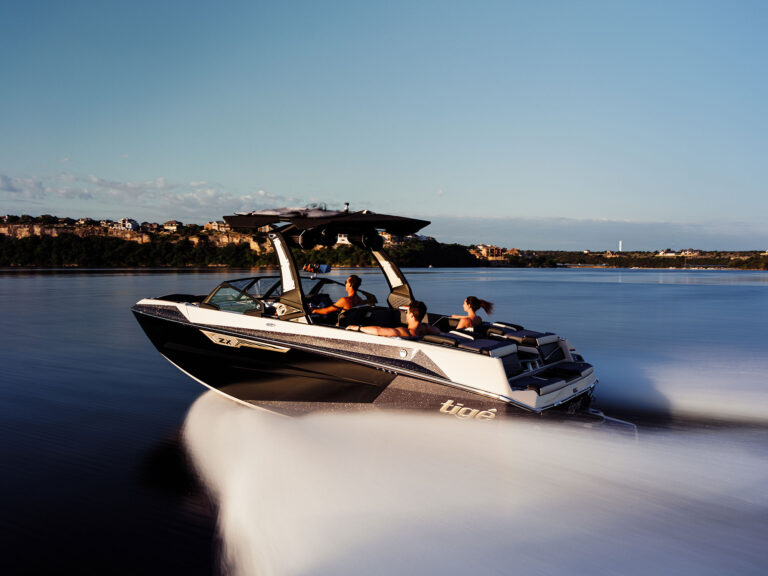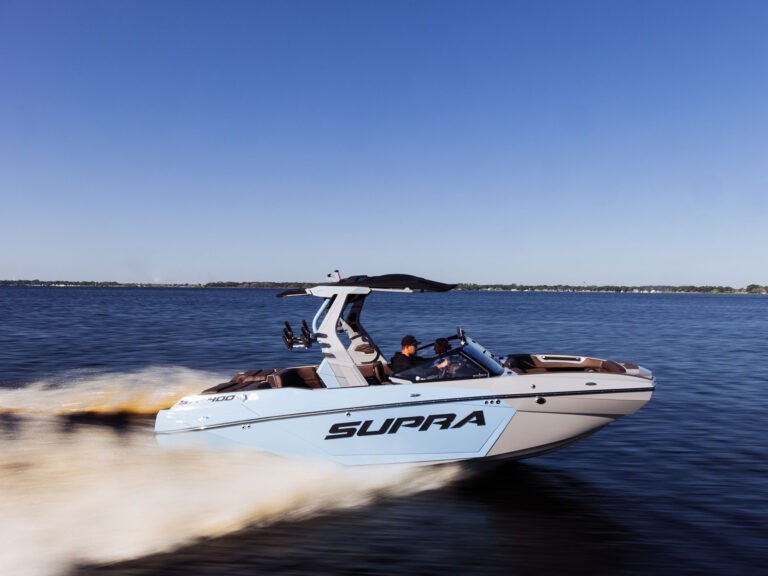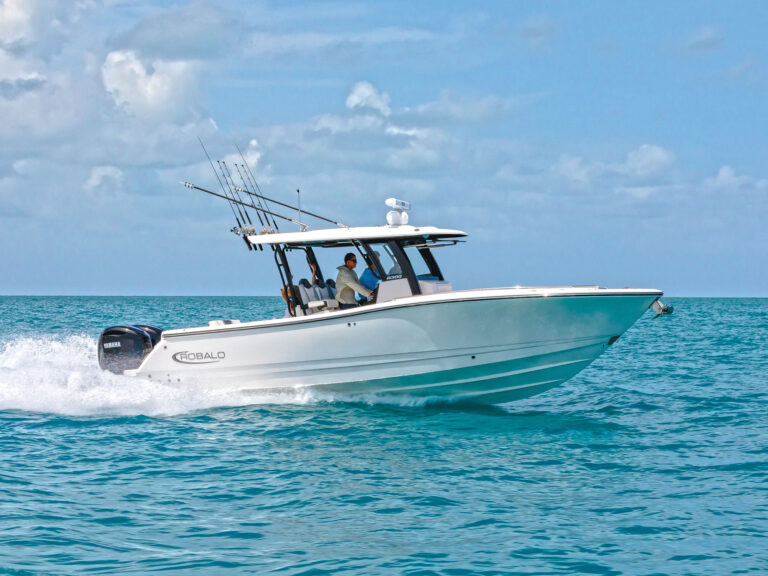Running in head seas often verges on a fight scene from the old Batman TV series: Bang! Slam! Bam! Ease the teeth rattling, and lessen the joint jostling, by trying these tips the next time you’re headed directly into the waves.
Slow Down
Pounding occurs because the boat stops short. In design-speak, you are experiencing rapid decelerations. The faster you come down off the previous wave, the faster your boat will slow down when it hits the next. The faster you slow down — the more rapid your deceleration — the harder you will pound.
Knowing this, it’s plain that backing off the throttle will mitigate pounding. Going slower means you will slow down slower. And pound less.
Ride the Chine
This is all relative to hull design, since a sharp, narrow hull will sink deeper into the water than one with a wider, flatter bottom before coming up short, and thus slow down slower instead of fetching up abruptly. If your boat has minimal deadrise, heel it over using trim tabs, or by shifting weight or crew. Riding the chine presents a sharp, narrow corner to the waves. The ride’s wetter, and a bit awkward, but it softens blows.
Keep It Level
The opposite is true for boats with deeper-V bottoms. You want that deadrise working for you, so keep the boat level for the softest ride. But high-deadrise hulls often exhibit the anomaly of leaning into the wind. When that happens, instead of riding a sharp-V section, you’re riding the flatter panel between keel and chine. You could change course so that the wind is no longer abeam, but it’s more realistic to shift weight or use tabs to keep your boat on its lines.
Tacking
In large swells, where your boat falls off the crests, you can achieve a smoother ride by bearing off a few points instead of hitting the crests head-on. Crossing on a diagonal keeps more of your hull supported as you go over the crest, allowing the boat to ride, rather than fall, down the back side. This technique costs time, since you’ll be zigging and zagging. But a longer, softer ride often beats a shorter, rougher one. In the end, you’d likely slow down anyway, making time loss a nonissue.
None of these techniques is a panacea. Every day on the water is different. Stow the tips in your bag of tricks, breaking out as many as needed for the situation that presents itself during your next bout with head seas.


